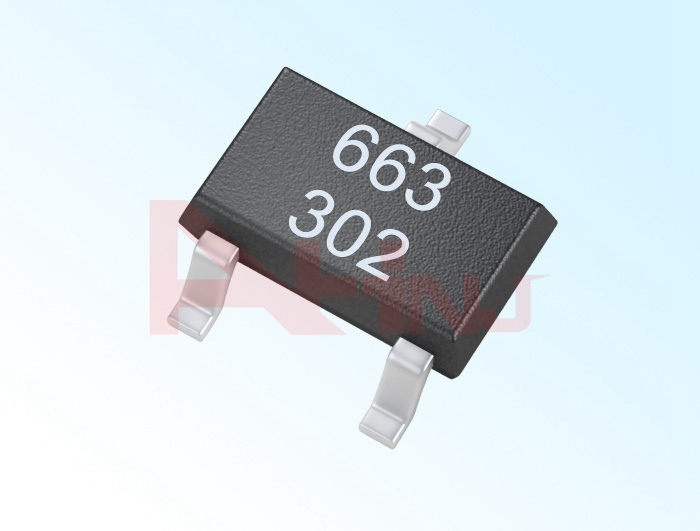What are the 5 Main Points for the Correct Selection of Sensors?
As a Latch Type Hall Sensor Factory, share with you.
Modern sensors vary widely in principle and structure. How to properly select sensors based on the specific measurement purpose, measurement object, and environment is the first problem to be solved when measuring a certain quantity. After the sensor is determined, the measurement method and measurement equipment to be matched with it can also be determined. The success of the measurement results depends to a large extent on the selection of the sensor.
Micropower Omnipolar Hall Sensor
1.Determine the type of sensor according to the measurement object and the measurement environment
To carry out a specific measurement, we must first consider what kind of sensor to use. This requires analysis of many factors before it can be determined. Because, even when measuring the same physical quantity, there are multiple principles of sensors to choose from, which one is more suitable, you need to consider the following specific issues according to the characteristics of the measurement and the conditions of use of the sensor: the size of the range; Requirement of the measured position on the volume of the sensor; whether the measurement method is contact or non-contact; signal extraction method, wired or non-contact measurement.
2.Sensor frequency response characteristics
The frequency response characteristic of the hardware sensor determines the frequency range to be measured. It must maintain undistorted measurement conditions within the allowable frequency range. In fact, the sensor's response always has a fixed delay. It is hoped that the shorter the delay time, the better. The frequency response of the sensor is high, and the measurable signal frequency range is wide. Due to the influence of the structural characteristics, the inertia of the mechanical system is large, and the frequency of the measurable signal of the sensor with a low frequency is low. In dynamic measurement, according to the characteristics of the signal (steady-state, transient, random, etc.) response characteristics, so as not to cause excessive errors
3.Selection of sensor sensitivity
Generally, in the linear range of China Hall Sensor, it is hoped that the higher the sensitivity of the sensor, the better. Because only when the sensitivity is high, the value of the output signal corresponding to the measured change is relatively large, which is conducive to signal processing. However, it should be noted that the sensitivity of the sensor is high, and external noise that is not related to the measurement is also easily mixed in, and it is also amplified by the amplification system, which affects the measurement accuracy. Therefore, the sensor itself is required to have a high signal-to-noise ratio, and every effort is made to reduce plant disturbance signals introduced from the outside. The sensitivity of the sensor is directional. When the measured is a single vector, and its directivity requirements are high, you should choose a sensor with low sensitivity in other directions; if the measured is a multi-dimensional vector, the smaller the cross-sensitivity of the sensor, the better.
Our company also has Micropower Omnipolar Hall Sensor on sale, welcome to consult.

评论
发表评论